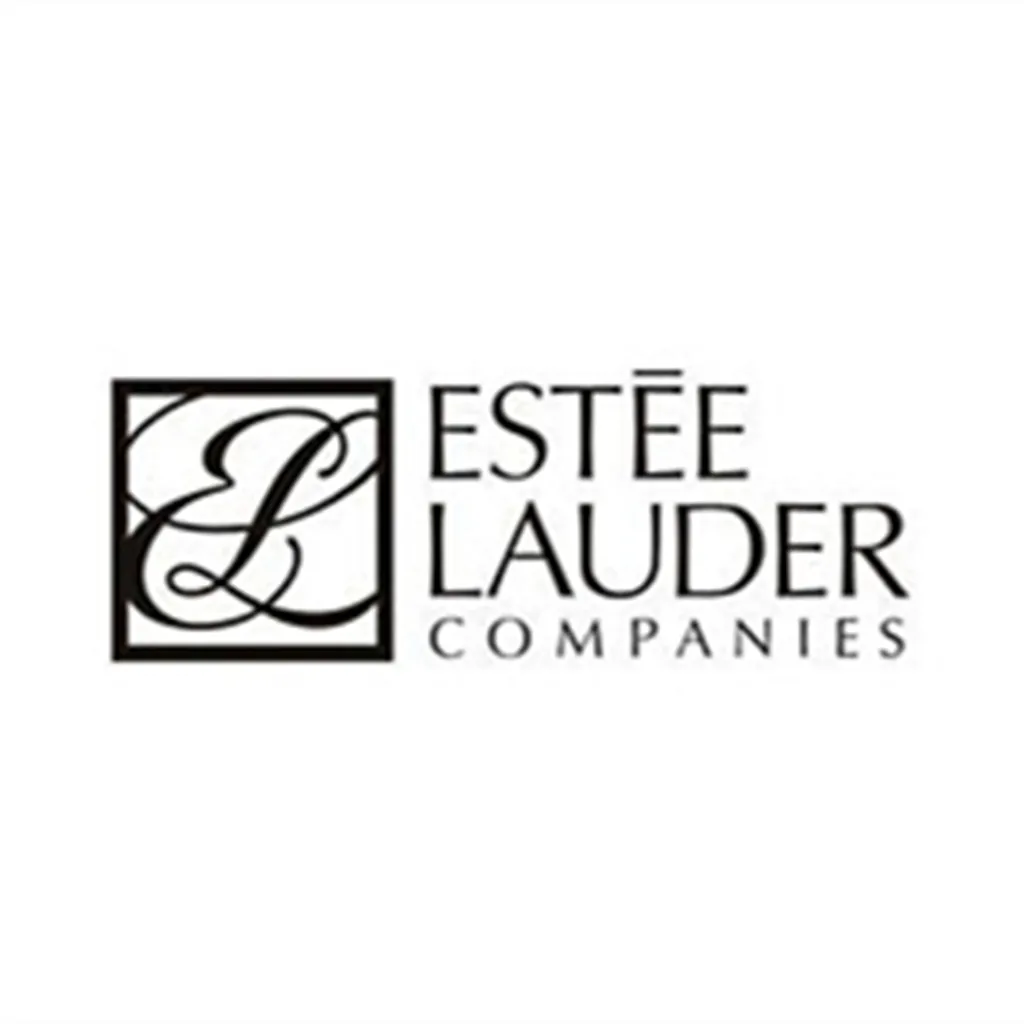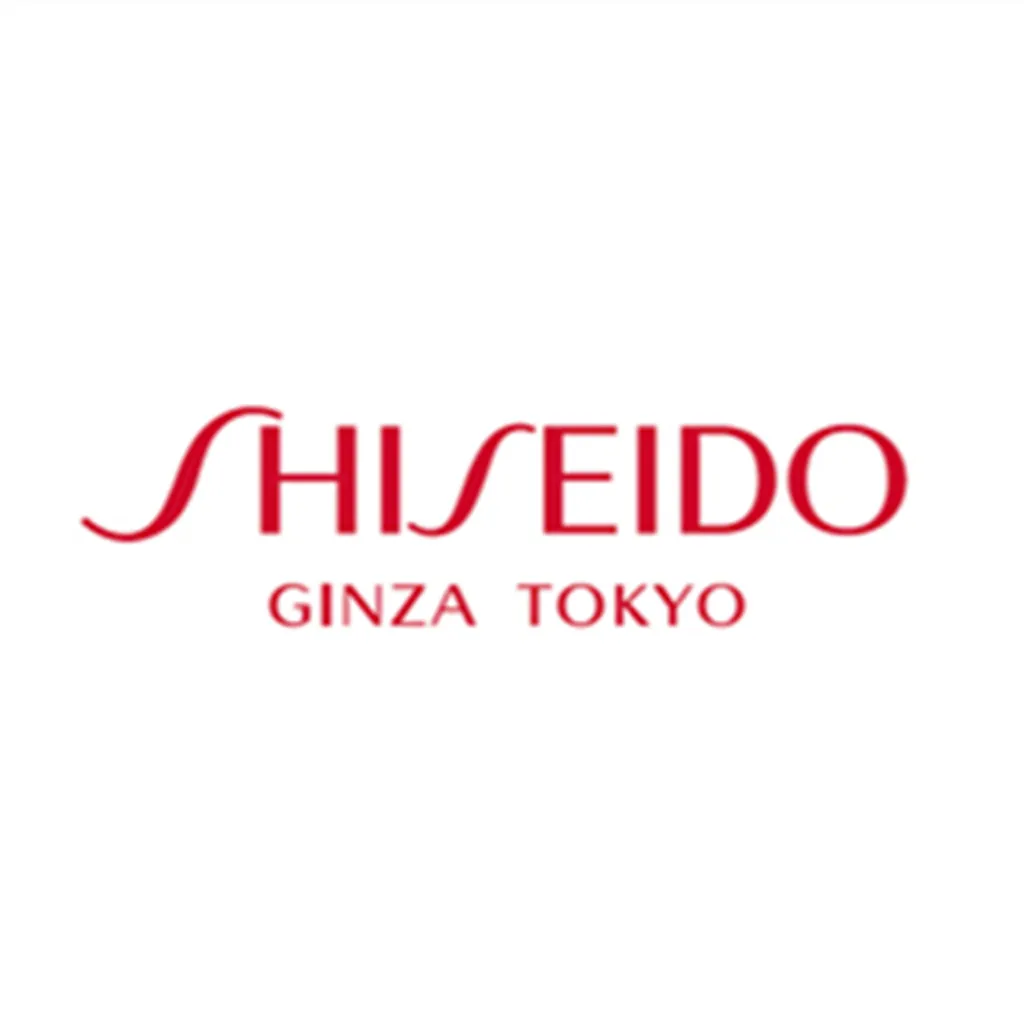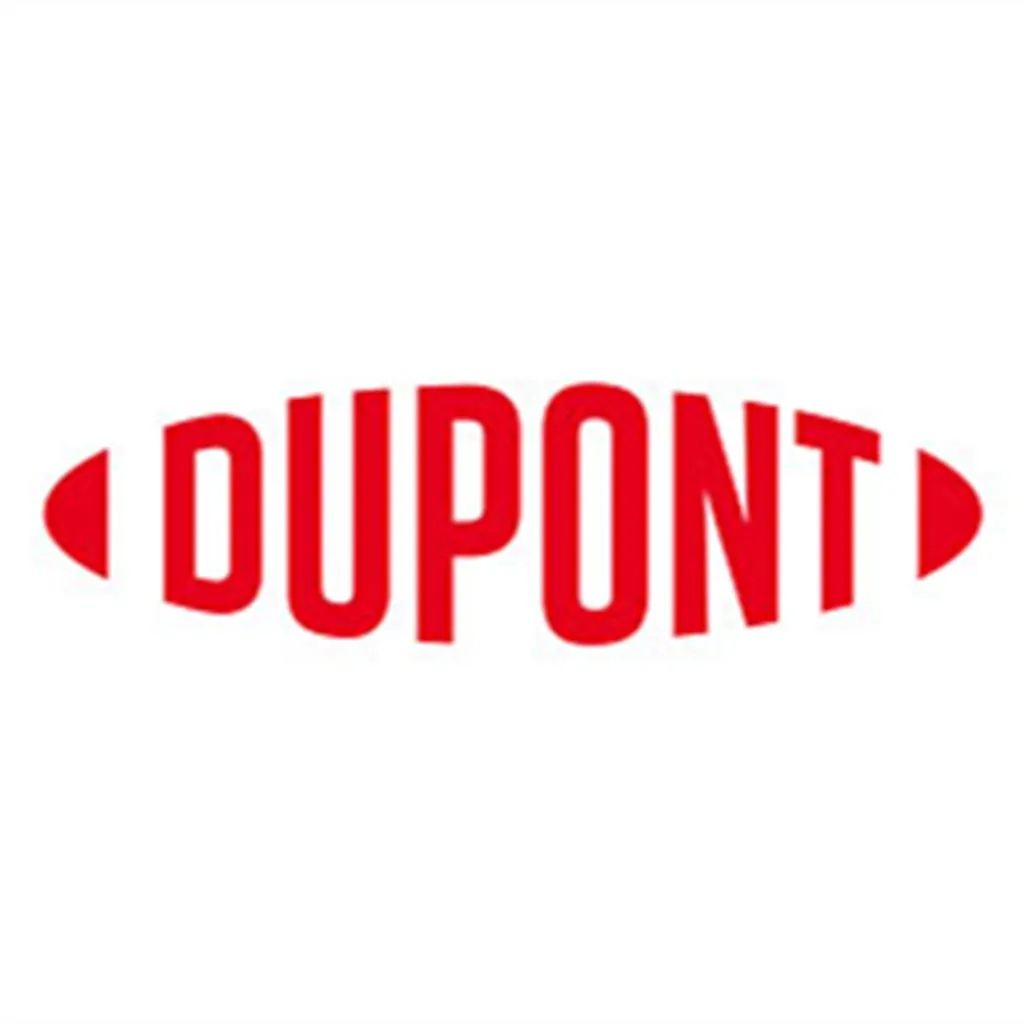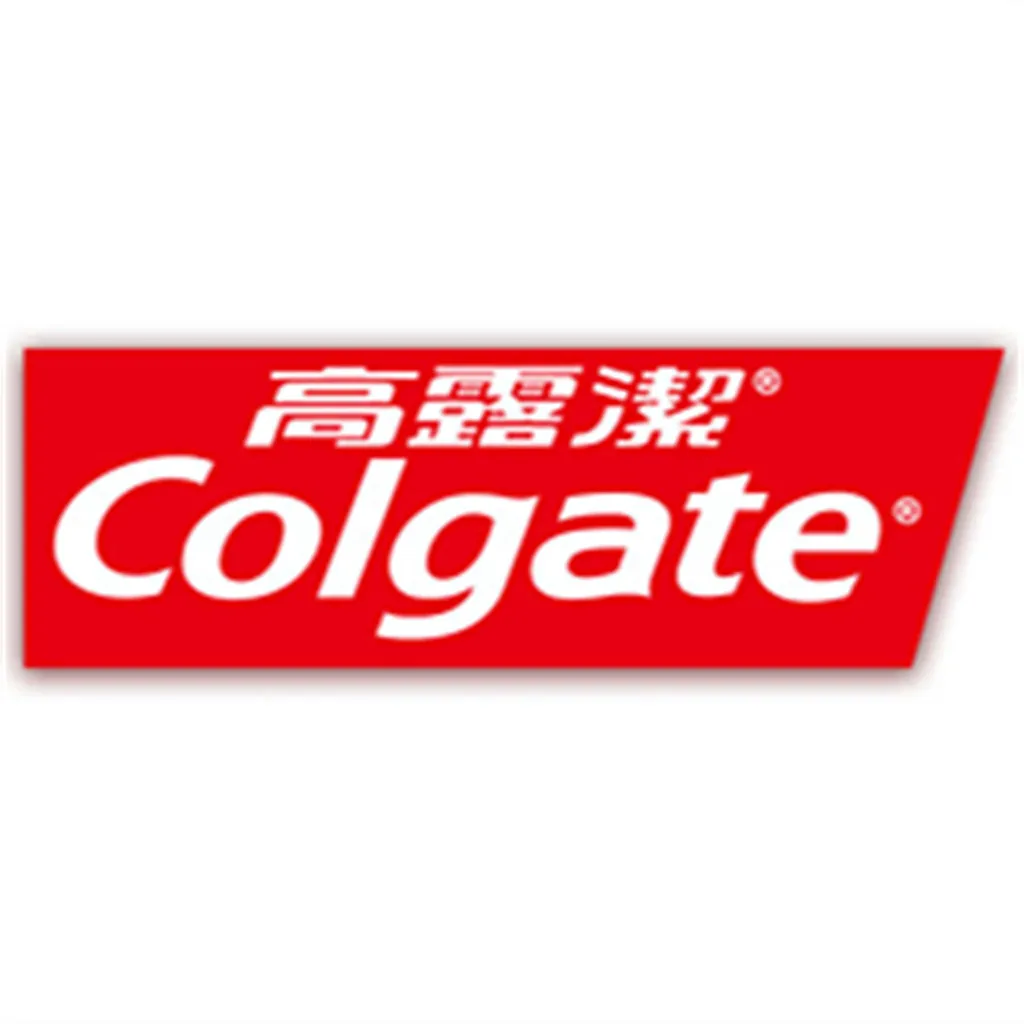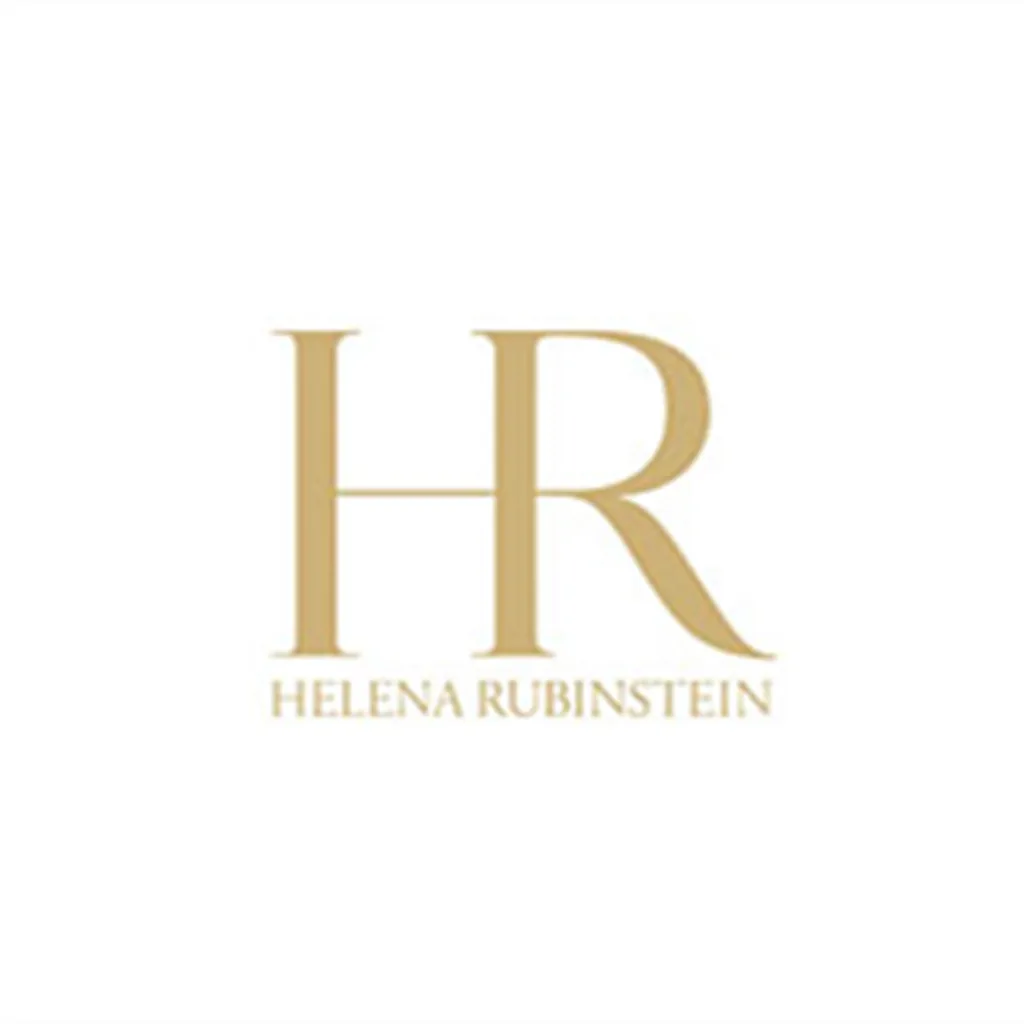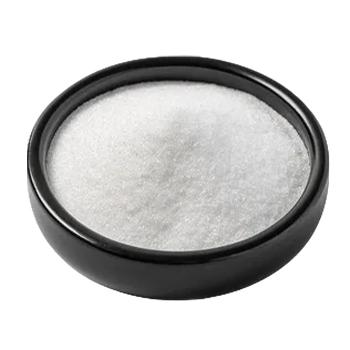
The product under discussion is High Quality HEDP (Etidronic acid) with CAS number 2809 - 21 - 4 and is offered at a low price. HEDP, or 1 - Hydroxyethylidene - 1,1 - diphosphonic acid, is an organophosphonic acid. It appears as a clear to slightly yellowish liquid or white crystalline powder.
Some of its key physical and chemical parameters include: Molecular formula: C₂H₈O₇P₂; Molecular weight: approximately 206.03 g/mol. It has excellent chelating, scale - inhibiting, and corrosion - preventing properties. It is stable under normal temperature and pressure and is soluble in water, having good thermal stability up to a certain temperature range.
1. Water Treatment: HEDP is widely used in industrial water treatment systems. It can effectively prevent the formation of scales such as calcium carbonate, calcium sulfate, and barium sulfate in water. By chelating metal ions like calcium and magnesium, it keeps the water in the system clean and reduces the fouling of pipes and equipment, thereby improving the efficiency of heat transfer and reducing energy consumption.
2. Detergent Industry: It is an important ingredient in detergents. It can enhance the cleaning ability of detergents by preventing the redeposition of dirt and scale on fabrics. It also helps in softening water, which improves the washing effect and reduces the damage to fabrics.
3. Electroplating Industry: In electroplating processes, HEDP can be used as a complexing agent. It helps in controlling the deposition rate of metal ions, improving the quality and adhesion of the electroplated layer, and reducing the occurrence of defects such as pitting and roughness.
4. Pulp and Paper Industry: It can be used to prevent scale formation in pulp and paper - making equipment, ensuring the smooth operation of the production process and improving the quality of the paper products.
1. Water Treatment: The dosage of HEDP in water treatment depends on the water quality, such as the hardness, pH value, and temperature of the water. Generally, the dosage ranges from 1 - 10 mg/L. It can be added continuously or intermittently to the water system. Before adding, it is recommended to dissolve it in water and then add it evenly to the water treatment equipment.
2. Detergent Industry: When used in detergents, it is usually added during the production process. The addition amount is generally 0.5% - 5% of the total weight of the detergent formula. It needs to be mixed evenly with other ingredients to ensure its full - play of performance.
3. Electroplating Industry: In electroplating solutions, the concentration of HEDP is usually controlled according to the specific electroplating requirements. It is often added in the form of a solution. The working conditions such as temperature, pH value, and current density of the electroplating bath also need to be strictly controlled to ensure the best electroplating effect.
4. Pulp and Paper Industry: It can be added to the pulp or water circulation system of the paper - making process. The dosage is determined according to the specific equipment and process requirements, usually ranging from 0.1% - 1% of the pulp weight.
1. Water Treatment Case: A large - scale power plant was facing serious scale problems in its cooling water system. The heat transfer efficiency was significantly reduced, and the energy consumption increased. After adding HEDP to the cooling water system with a dosage of 5 mg/L, the scale formation was effectively controlled. After three months of operation, the heat transfer efficiency of the system increased by 15%, and the energy consumption was reduced by about 10%.
2. Detergent Case: A detergent manufacturer added 2% HEDP to its laundry detergent formula. After market testing, consumers reported that the detergent had better cleaning power, especially for removing stubborn stains. The detergency index increased by about 20% compared with the original formula, and the sales volume of the product also increased significantly.
3. Electroplating Case: An electroplating factory was experiencing uneven electroplating layers and poor adhesion on metal parts. By adding HEDP to the electroplating solution and adjusting the process parameters, the quality of the electroplated parts was greatly improved. The rejection rate of electroplated products decreased from 15% to less than 5%, which improved the production efficiency and reduced the cost.
4. Pulp and Paper Case: A paper mill was troubled by scale in its pulp - making equipment, which affected the production efficiency
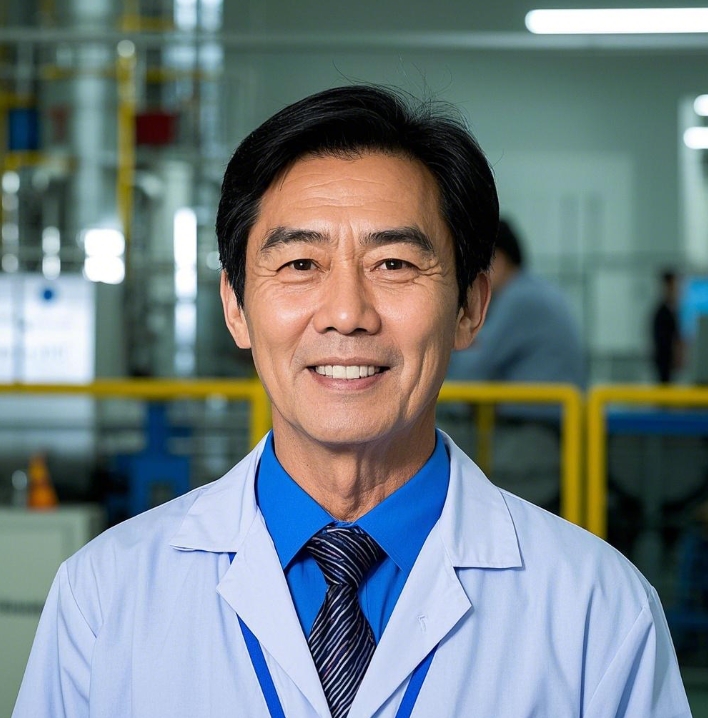
This is William, CEO of Zhishang Chemical Co., Ltd.
Welcome to visit our factory . As the top chemical manufacturer, we have been striving for product quality, innovation , R&D, and customer service for the past 7 years. In the next 10 years or even longer, we are committed to becoming the most reliable chemical supplier in the world , creating a well-known international brand trusted by customers, with the spirit of “one meter wide, ten thousand meters deep”, we continue to focus on product research and development, continue to focus on customer service, continue to improve the supply chain service system, to create a professional chemical supply service team, to achieve win-win long-term cooperation. Please feel free to contact us if you have any questions.







